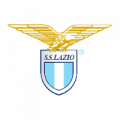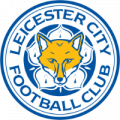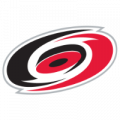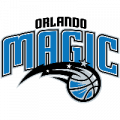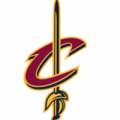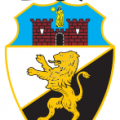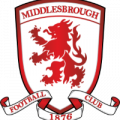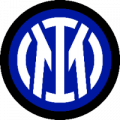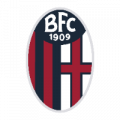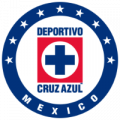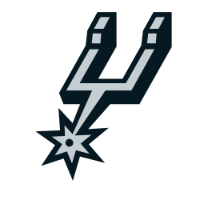
San Antonio Spurs
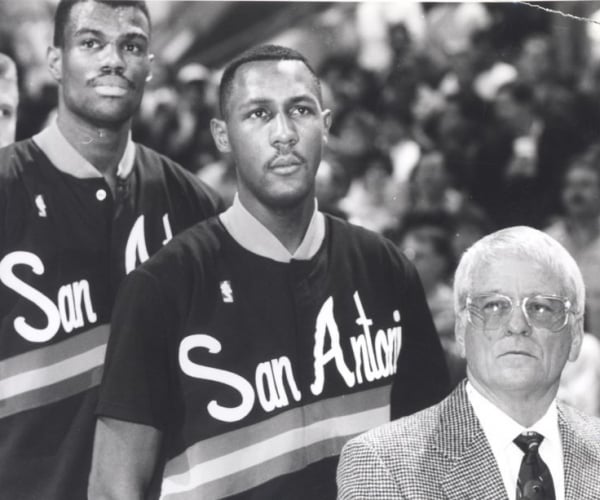
1966 San Antonio
The San Antonio Spurs are a professional basketball team based in San Antonio, Texas. It competes in the National Basketball Association (NBA) as a member of the Southwest Division of the Western Conference. The team was founded in 1967 as the Dallas Chaparrals of the American Basketball Association (ABA), before moving to San Antonio in 1973 and joining the NBA. It has five league championships to its credit, and names such as David Robinson, Tim Duncan and Manu Ginobili are some of the great players who have played in its ranks.
Beginnings in the city of Dallas
In their beginnings, the current Spurs were called the Dallas Chaparrals and played in the ABA. In 1967, the Chaparrals were one of 11 teams that made up the competition in the ABA season. After the first few seasons, the public in the city of Dallas became less and less interested in basketball and the attendance at the pavilion dropped season after season. Because of this, the owners changed the name of Dallas to Texas in order to attract a more regional audience, but no positive results were obtained.
This and being out of the playoffs in 1972, caused the club to be put up for sale. A group of businessmen from the city of San Antonio took the plunge and became the new owners of the franchise. They renamed the team the 'Spurs' and turned the blue, red and white of the Chaparrals into the traditional silver and black that we all associate with the San Antonio outfit.
That team was led by James Silas and Swen Nater, and with the season halfway through, George Gervin, a future Hall of Fame member, arrived to reinforce the franchise. After a good regular season, they lost in the playoffs to the Indiana Pacers. The following year the same story would repeat itself, the Pacers became the "black beast" of the Spurs. In the 1975-1976 campaign, the last in the ABA, the Spurs were eliminated in the postseason for the third consecutive year against the New York Nets this time. In 1976, the league dissolved and left the San Antonio franchise without any competition to play in, but the NBA decided to admit the Spurs that same year, along with the Pacers, Nuggets and Nets.

The NBA era begins
In those years, there were several voices within the NBA that doubted the level that teams coming from the ABA could show. The Spurs decided to silence those voices early on, and finished their first season in the league with a surprising 44-38 record, but were eliminated by the Celtics. The next two years, the San Antonio franchise had good regular seasons, but the Bullets twice denied them back-to-back NBA rings. Still, the Spurs won five division titles in their first seven years in the league and season after season were a playoff team.
The decade of the 1980s was marked by moments of brilliance and darkness within the San Antonio franchise. In the early years, the Spurs managed to maintain that competitiveness of years before and chained several seasons with positive record, but without getting any NBA ring. In the 1984-1985 season, a turnaround took place within the team. George Gervin was traded to the Houston Rockets, and with him ended a great first stage of the Spurs in the league.
Transition years in San Antonio
After the departure of their franchise player, the team suffered in the following years. Losing so many games and the loss of interest from the fans made them seriously consider moving the franchise to another city in the country. But just when the Spurs needed it most, a shot of energy arrived to boost the morale of owners and fans. The number one pick in the 1987 draft fell into the hands of the Texas team, selecting David Robinson. As the center was serving in the U.S. Navy, he could not be used by the San Antonio Spurs until 1989.
Until then, the biggest draw for the fans at Hemisfair Arena was Alvin Robertson. A 1.93 point guard who led the league in steals for three seasons, and was voted the NBA's best defender in the 1985-1986 season.
David Robinson: X Factor
Led by the Florida native and a young Sean Elliot, the Spurs faced the new decade with great optimism. Season after season they were playoff regulars, but they were unable to take that step forward that would put them among the best. Because of this, McCombs, owner of the franchise, fired Brown as coach of the Spurs, with men like Bob Bass, Jerry Tarkanian and John Lucas taking over the team's bench.
After several years of falling in the first rounds of the playoffs, Lucas was immediately fired in the 1993-1994 season and replaced for the following season by Bob Hill. Sean Elliot was traded to the Pistons for a young rebounder named Dennis Rodman. A year later, Elliot would return to the team in black and silver after an inconsistent season in Detroit, and the team finished with a 62-20 record. David Robinson became MVP after a brilliant season.
The Spurs reached the conference finals, but the Rockets knocked them out of what would have been the first finals for the Texan franchise. Rodman would leave the team that same summer, after a season with constant friction with all his teammates. The 1995-1996 season was another good one for the Spurs, but they failed again in the postseason against the Jazz, although nobody expected that the following season would be the worst in their history up to that moment. A serious injury kept Robinson off the court all year, and that was severely felt by the Hill-coached team. A 20-62 record brought Gregg Popovich to the San Antonio bench.
Duncan and Robinson: A match made in heaven
Having been one of the worst teams in the entire competition gave the Spurs the advantage of taking the No. 1 pick in the 1997 draft. Tim Duncan was selected by the franchise out of Wake Forest and would soon become a big star in the NBA. He was chosen as Rookie of the Year, but San Antonio again ran into the Jazz of Malone and Stockton in the playoffs.
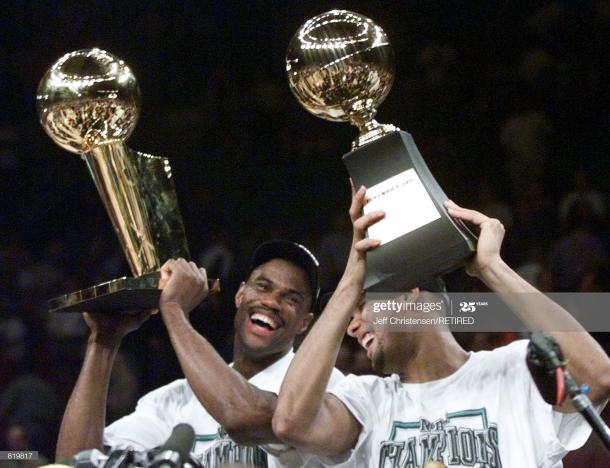
In 1998-1999 the Spurs had high expectations of going far in the fight for the ring, but the league was delayed a few months by a lockout and the number of games had to be reduced to 50. Even so, the team finished with a 37-13 record and stormed through the playoffs to reach the Finals with an 11-1 record. There they would meet the New York Knicks, beating them in five games to win the first NBA ring in their history .
In the following three years, the Spurs continued with practically the same block of players that won the title, but would be knocked out by the Suns and Lakers, the latter in two consecutive seasons.
The famous Big Three
The 2002-2003 campaign was a very exciting one for the franchise for two reasons. It would be David Robinson's last season as a professional, and on the other hand, they were opening a new pavilion, the SBC Center. This was a very different team from previous years, with new faces such as Frenchman Tony Parker, Manu Ginobili and Steve Kerr. They ended up winning 60 games in the regular season and reached the NBA Finals against the New Jersey Nets. San Antonio Spurs won the series 4-2 and won their second ring since their foundation. An excellent Tim Duncan was named MVP of the season and also of the Finals.
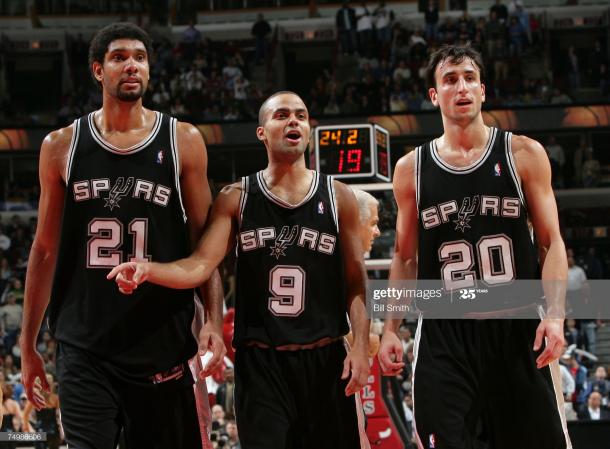
The following year, and without David Robinson on the team, the Spurs had another great season but were knocked out by the Los Angeles Lakers in the conference semifinals. This did not dampen the morale of the San Antonio team, and just one year later they would make history again. After eliminating the Nuggets, Supersonics and Suns in the postseason, the Detroit Pistons awaited them in the fight for their third NBA ring. The Spurs took the series by a tight 4-3 with a great performance by Tim Duncan and Manu Ginobili.
The franchise from the city of San Antonio seemed unstoppable year after year, but in 2005-2006 the Dallas Mavericks brought Popovich's men back to reality, eliminating them in the Western Conference semifinals. Fortunately, the franchise recovered quickly from the hard blow, and the following season they would remove that thorn with a new ring, their fourth. After finishing with a 58-24 record, the Spurs swept the Nuggets, Suns and Jazz to meet the Cleveland Cavaliers in the final step for the title. The series ended 4-0 but Cleveland made things difficult in every game, even if the score did not reflect it.
After these successful years, the franchise continued to qualify for playoffs but injuries were taking their toll on San Antonio's ranks. In the 2012-2013 season they made it to the NBA Finals again, but ran into the Miami Heat of LeBron, Wade and Bosh and fell 4-3.
New title and rebuilding
In 2013-2014 the Spurs kept the base of the set that had given so much success to the franchise recently, but with the plus of an excellent shooter like Marco Bellinelli and a young player that already stood out like Kawhi Leonard. After another great regular season, in the postseason they got rid of great teams like Durant and Westbrook's Thunder, among others. Life always gives second chances, and for the Spurs it was not going to be less, Miami Heat was waiting again in the NBA Finals.
This time LeBron James and company could do nothing. The defense and passing of Gregg Popovich's boys shredded the Heat, who could only win one game in the series. Kawhi Leonard was named Finals MVP and reaffirmed himself as a major star in the league.
Over the next five seasons, with Duncan retiring and Parker and Ginobili at the tail end of their careers, the team underwent a rebuilding process year after year. This does not stop the Spurs from going to the playoffs for the title with Leonard as the top stiletto.
In the summer of 2018, the franchise is forced to make one of the most important moves in the league in recent years. Leonard was traded to the Raptors in exchange for DeMar DeRozan. Ultimately, Kawhi would lead the Toronto Raptors to the NBA championship.

